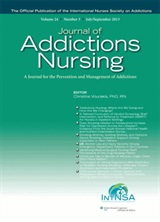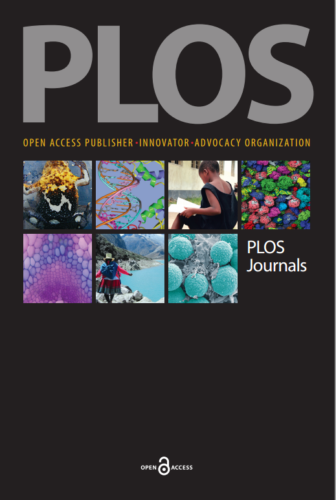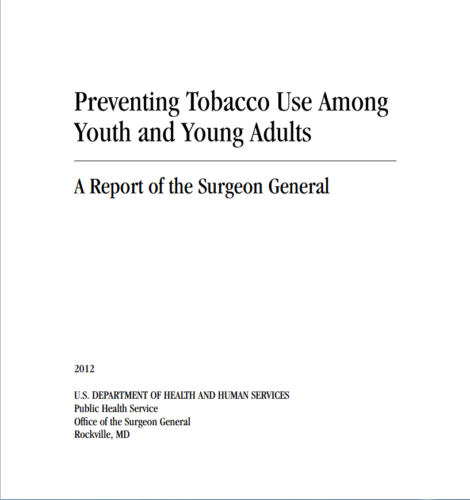Nearly 90 percent of the top-grossing movies over a 25-year period show main characters acting violently, and in 77 percent of the movies those characters also engage in sex-, alcohol- or tobacco-related behavior, a new study has shown. The study published in Pediatrics, by researchers at the Annenberg Public Policy Center, found that more than half of the biggest PG-13 movies featured a main character acting violently and involved in either drinking, sexual behavior or smoking within a five-minute segment.
Tobacco
Study: Cigarette pack warnings more effective combining text and images
Cigarette-pack warning labels that combine graphic images with lengthier explanations of the dangers of smoking were found to be more effective than images or brief warnings alone at convincing smokers to consider quitting, a new study has found. The study, by researchers at the Annenberg Public Policy Center at the University of Pennsylvania and at
More than half of Philadelphia parents who smoke and have young children allow smoking in the home
In a city with high smoking rates, 52 percent of smokers with pre-teen children in their households said they permit smoking at home, a new study has found. The study, by researchers at the Annenberg Public Policy Center and the Philadelphia Department of Public Health, also suggested that certain antismoking messages, including a focus on
How smokers respond to pictorial cigarette warnings depends on how much control they think they have over their habit
Many are too addicted to even try to quit In newly released research with over 3,000 cigarette smokers, a team at the Annenberg Public Policy Center of the University of Pennsylvania and at the Psychology Department of the Ohio State University has found that the new pictorial warnings proposed by the FDA do make smokers





